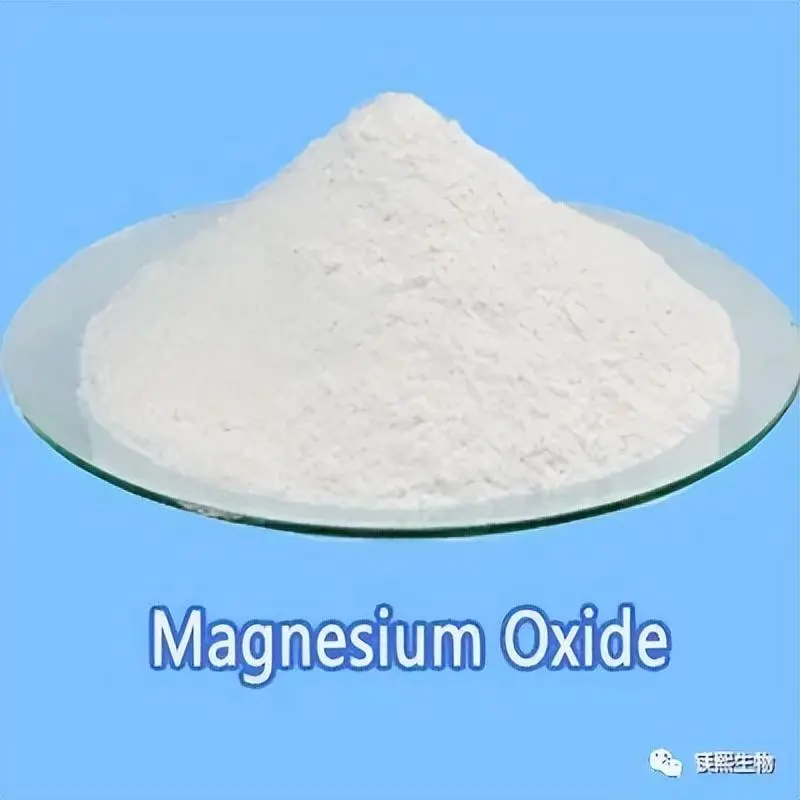Currently, the commonly used inorganic filter materials on the market are mainly activated carbon, diatomaceous earth, silica, etc. These filter materials are not environmentally friendly, the process is relatively complex, the cost is high, and the adsorption effect is poor. In response to the above situation, Hebei Messi Biology Co., Ltd. has developed and produced a magnesium oxide for filter materials.

Magnesium oxide is an ionic compound, which is normally a white solid and can be calcined with magnesium hydroxide and magnesium carbonate. Magnesium oxide has high fire resistance and insulation properties. It can be transformed into crystals after high-temperature burning above 1000℃, and it becomes dead-burned magnesium oxide or sintered magnesium oxide when it rises to 1500-2000℃. When using basic magnesium carbonate as a raw material to calcine magnesium oxide, basic magnesium carbonate will gradually remove H2O and CO2 as the temperature rises and convert into magnesium oxide. Magnesium oxide can be made into special magnesium oxide with certain activity after high-temperature partial sintering.
The magnesium oxide used in filter materials developed and produced by Hebei Messi Biology Co., Ltd. has developed pores on the surface of the magnesium oxide particles and has the ability to adsorb iron and manganese. It should be able to maintain good stability in alkaline solutions and not continue to hydrolyze with prolonged immersion time. After treatment, the iron and manganese content can be reduced to the ppm level.
